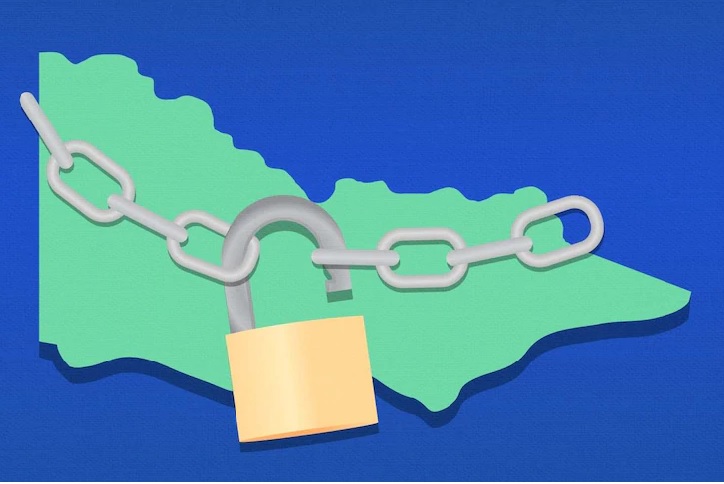The Victorian government has announced a seven-day lockdown in a bid to curb the state’s growing coronavirus outbreak, with non-essential businesses like hairdressing, entertainment and gyms forced to close.
It is Victoria’s fourth lockdown since the pandemic began.
The snap lockdown could have a devastating impact on up to 604,379 small businesses (fewer than 20 employees) operating in Victoria. As well as up to 2.7 million employees, including an estimated 500,000 Victorians that are employed casually.
If business can’t operate they can’t generate income.
If casual employees can’t work they don’t get paid.
But that doesn’t mean their expenses stop (Rent, bills, internet, utilities, school fees, groceries, car payments, pet bills, etc).
Enforceable government directions
An employer doesn’t have to pay an employee when either the federal or a state or territory government or officer makes an enforceable government direction that prevents an employee from working.
This could happen, for example, where an enforceable government direction:
- requires an employer to close down a work site or reduce staffing levels, and employees can’t work remotely, or
- prevents a particular employee from working because they’re required to self-isolate.
In these instances, the employer doesn’t have to pay the employee, unless the employee takes paid leave. Whether or not the enforceable government direction prevents an employee from working will depend on the facts in each case.
Standing down employees
Employers may be able to stand their employees down during the coronavirus outbreak for various reasons. This includes when
- the business has closed because of an enforceable government direction (which means the employee can’t be usefully employed, even from another location)
- there’s a stoppage of work due to lack of supply for which the employer can’t be held responsible.
Before standing down an employee, employers should consider all other options. Use the checklist below to make sure all options have been considered before an employee is stood down.
1: Working from home arrangements
Alternative working arrangements such as working from home might be suitable depending on the nature of the employee’s work. Employees and employers are encouraged to discuss how this could work for them.
2: Changes to duties, hours of work or rosters
Employers should talk to their employees about temporarily agreeing to change their duties, rosters or hours if this means an employee can keep working. There are different ways that employers and employees may be able to make these kinds of changes.
Employers need to check the rules under the applicable award or agreement, as well as the employee’s employment contract and any relevant workplace policies. Employers will usually need to consult with their employees about these types of changes.
The Fair Work Commission has also temporarily varied some awards to increase workplace flexibility during coronavirus. Check if your award is affected at Changes to workplace laws during coronavirus.
3: Accessing paid or unpaid leave
Options include:
- taking accrued annual leave (including at half pay)
- taking any other paid leave (such as long service leave or paid leave available under an award, enterprise agreement or employment contract)
- directing employees to take accrued annual leave in certain circumstances
- taking any other paid leave by agreement between the employee and the employer.
Some awards provide for 2 weeks’ unpaid pandemic leave and allow employees to take twice as much annual leave at half their normal pay if their employer agrees. Go to Unpaid pandemic leave and annual leave changes to awards to find out which awards have these entitlements. You can also read the rules about when and how it can be taken.
Additionally, some awards have been varied to give employers and employees extra flexibility to agree on alternative working arrangements and make requests about annual leave. Read more at Changes to workplace laws during coronavirus.
In some circumstances, employees won’t have access to paid leave. For example, if they’re permanent but have already used all their accrued leave entitlements. In these situations, employers and employees can agree for an employee to take unpaid leave.
Need HR software and HR advice to help manage people with confidence?
BetterHR helps business owners and managers operate successfully > Explainer Video
Every day, our HR software, tools and expert advice helps hundreds of Australian business owners and managers.
Already a subscriber?
Not yet a subscriber?
Contact us to discuss your HR needs.

















